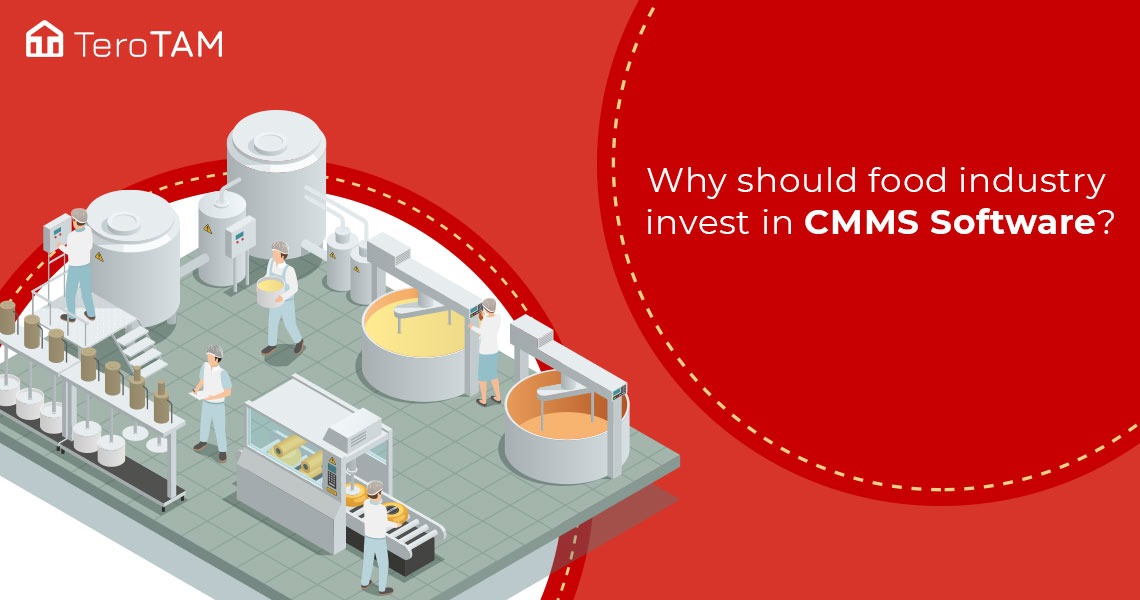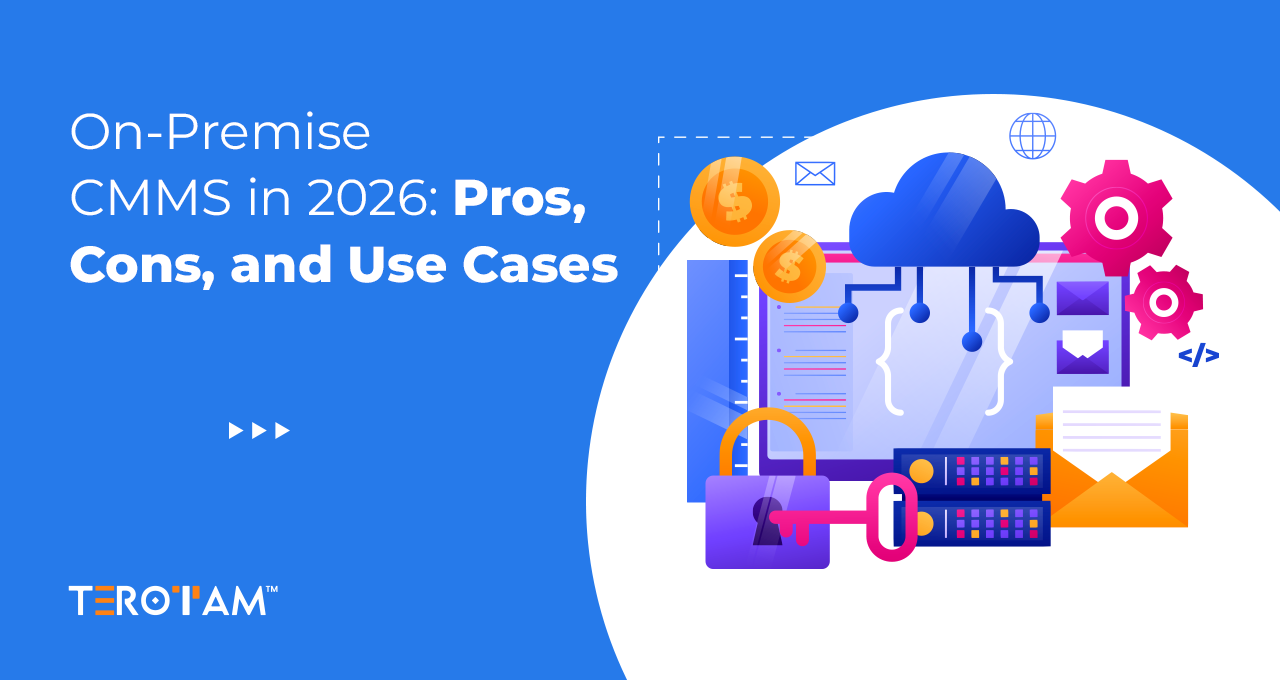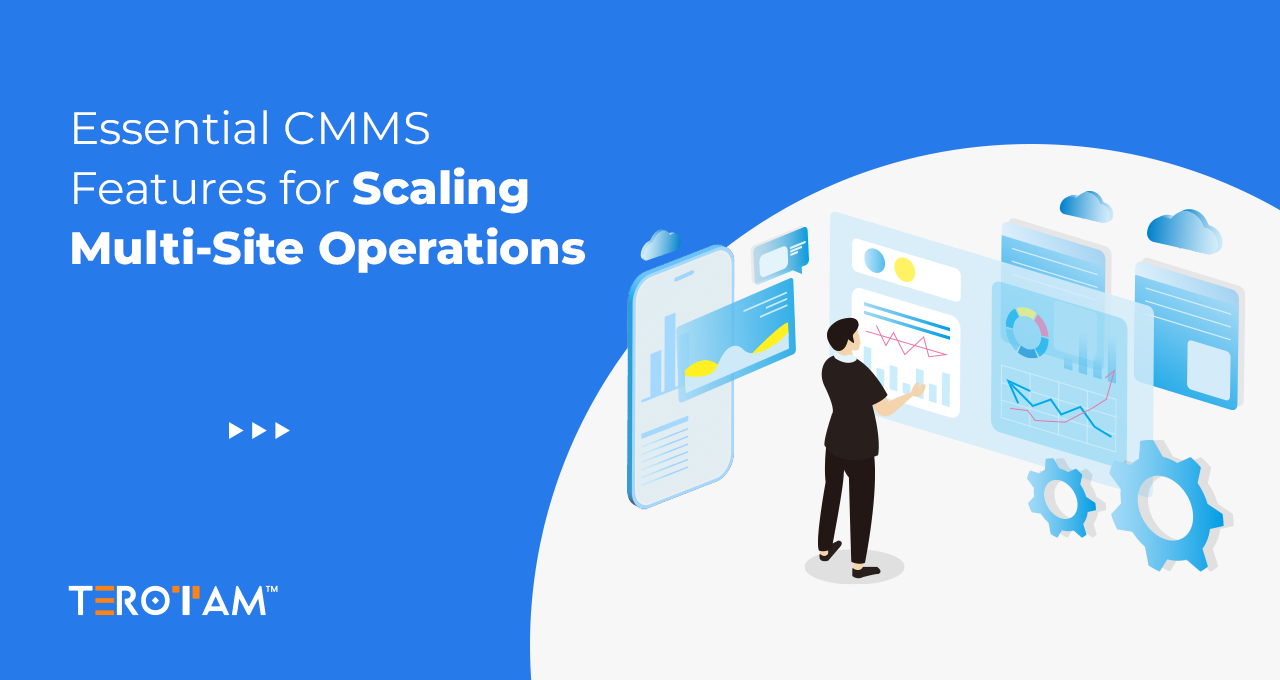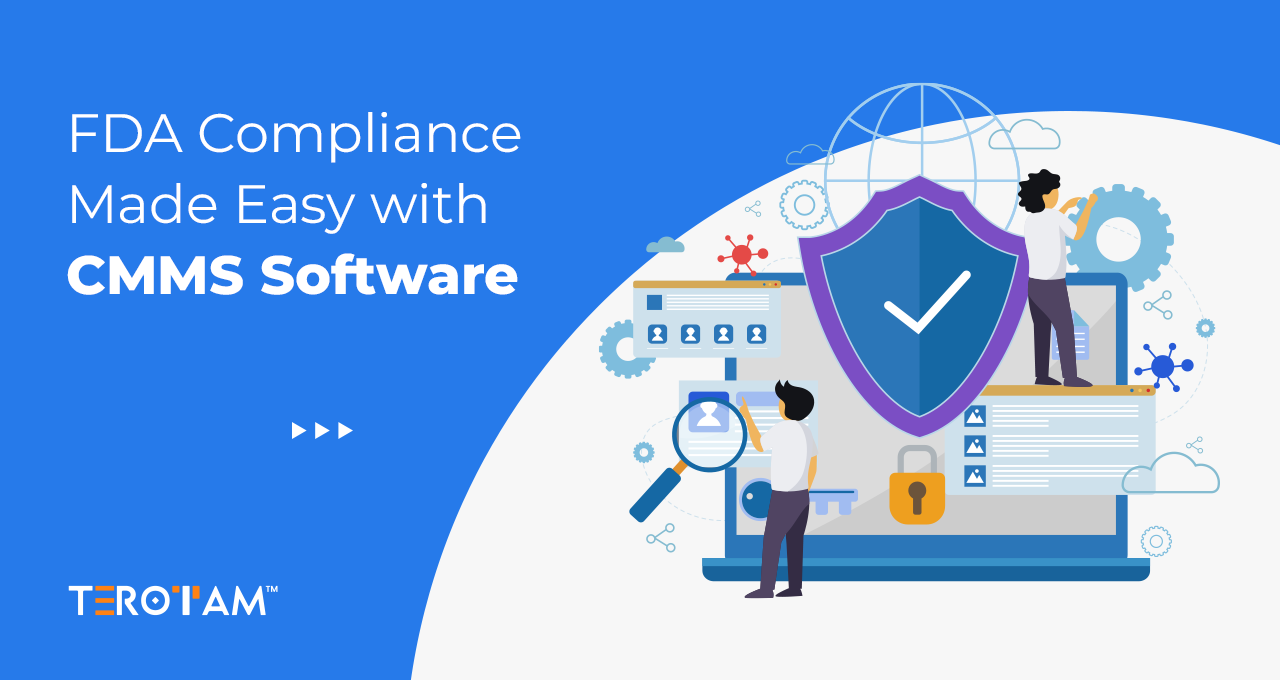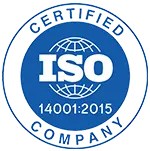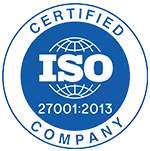The food industry needs lots of planning and equipment for food processing facilities and manufacturing plants. In this particular industry, strict rules, regulations, and standards related to health and safety are given prior importance.
During the manufacturing of the food, some specific items need careful consideration to avoid any unfortunate incident. Compared to all other industries, the food industry a high level of care to prevent any contamination.
Opposed to the human, a computerized system can manage the plant and other things more precisely. Even it will surely follow strict standard pre-decided by the software. Investment in CMMS software is the option for the food industries as it ensures high precision, high uptime rates by scheduling preventive maintenance. In short, it controls the maintenance cost and reduces the loss.
If the food industry wants to go to the path of the computerized system, then it is the best time to adoption of next-generation based monitoring practices.
Here, we are with some of the points that surely clear your mind if you are confused about whether to invest or not in the CMMS software for your Food related Organizations.
What Are the Problems Faced by Food Industries?
The food and beverage industry is under constant pressure to meet strict safety standards, minimize waste, ensure production uptime, and maintain operational efficiency. Below are some of the major challenges food manufacturers face—and how a CMMS software solution like TeroTAM can help overcome them:
Food Safety Regulation Management
Regulatory bodies like the FDA, USDA, and ISO 22000 require strict audits and documentation. Unfortunately, many food companies struggle to maintain accurate and accessible records, leading to audit failures and reputational damage.
With web-based CMMS software, all your safety manuals, SOPs, records, and equipment logs are stored securely and can be retrieved instantly. You can generate custom reports to support inspections and stay audit-ready—always.
Food Waste Management
Interruption in the food manufacturing process does not only affect production; along with this, it also generates waste. If the food can’t proceed with the decided time due to failure or malfunction of the machine, you must have to scrap it; otherwise, it causes health issues.
For example, yeast; it needs proper temperature during production and transportation. If you missed any parameter due to any reason, the whole batch needs to be thrown away. The maintenance team can operate the machine regularly, and it leads to less food waste. The timely maintenance and regular information can track the inventory more effectively and prevent over-ordering. Two benefits with money-saving!
Equipment Reliability Problem
Unplanned downtime due to unreliable equipment can disrupt production and impact profits. Whether caused by machine failure or human error, it’s a risk no food manufacturer can afford.
CMMS software enables you to schedule and track preventive maintenance, ensuring optimal equipment performance. Regular servicing improves uptime and keeps machines in peak condition.
Asset Management Decisions
All the time, you do not have the precise data for all your assets. But with TeroTAM CMMS software, you can access the detailed history of all the assets, including failure date, repair, etc. From the data, one can easily conclude the costing on the maintenance, average lifecycle of equipment, budget, etc.
It helps the management to take a smart decision by using asset management software. Management can allocate the fund in advance for the replacement when it reaches its expiry date. Do you know with regular checkups and maintenance, the life cycle of the machine exceeds the average life.
Maintenance Operation
Still using spreadsheets for maintenance tracking? It’s time for an upgrade. Spreadsheets can’t handle automation, real-time updates, or detailed analytics.
With TeroTAM’s cloud-based CMMS, your team can manage work orders, inventory, audits, and complaints—anytime, anywhere. It centralizes your operations and improves collaboration across departments.
CMMS software also delivers real-time dashboards and KPIs that help you monitor performance with data visualizations and reports—giving you full control over your maintenance operations.
With CMMS software, the food companies get real-time data that shows key performance indicators in the form data as well as graphs. With this software and data compiled by it can keep a finger on the pulse that runs the organization.
How Does CMMS Software Help To Food Industries?
As I already said, the food industry needs lots of attention as it faces many challenges. And where there is a problem, there is a solution.
When we pick our food from the grocery stores, set dinner at a restaurant, or choose any franchisee for the coffee, we always consider hygiene, health, and safety. When a food consumer gets all of the above, you, as a food manufacturer or provider, your business grows adequately.
Investing in a CMMS- computerized maintenance management software is beneficial for sure. And what are the benefits?
Here is the answer.
With this tool, you can access lots of features like inventory tracking, create a complaint, track and manage complaints, chat with a vendor for followup, check real-time status, register updates, labor cost analysis, and access to a work order application and many others.
Apart from the above, you can use it to run full team operations like communication between floors or message transferring to backstage person, etc. All in one, CMMS software can help you in organized workflow among owners, managers, and other staff. A respective person can concentrate on specific work areas like the owner look for the customer relationship; HR looks for a healthy work environment, the manager looks for efficient works, etc.
Like other industries, food industries also go through ups and downs. Even service providers like restaurants need a functional operation team from the front and back end. A team is incomplete without cooks, chefs, servers, managers, and runners. With the absence of a single person, the full operation can’t imagine.
A CMMS software allows managing all the work with a single tap and all in one Web-based platform. Businesses can schedule analysis from an in-depth search of staff productivity also reduce or eliminate many manual time-consuming activities like paperwork.
Another important thing in the food industry is inventory management. Control of inventory is one of the essential tasks when you are dealing with food and beverage industries. Different from other industries, you have to take a close look at all the things for people’s safety. CMMS can make inventory management more effortless. You can use the dry or expired ingredients.
A CMMS can track the ingredients from the barcode, and a system remembers you to use it. No need to spend the time on the manual search. By this software, your money will save, and you need less human resources or workforce.
Appointed employees can track the inventory through CMMS software in real-time applications. No need to go through the paperwork. In this way, you can, for sure, manage the food and safety regulations by making sure that all of your resources and equipment are working properly without any major complications.
The monitoring, as well as ensuring the safety and health regulations in the food industry, is the most important thing. They have to face food inspections and need a permit, safe instruments, quality resources like electricity, running water for proper operations. A CMMS can upload all the documents on one platform department wise including production, maintenance, finance, purchasing, etc.


